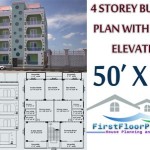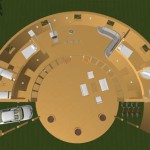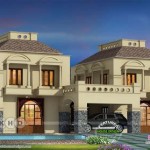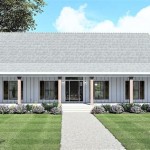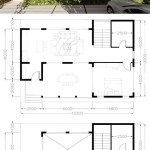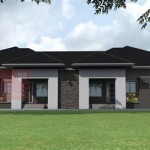Essential Aspects of Swiss Chalet Building Plans
Swiss chalets, with their charming aesthetic and cozy ambiance, have captivated the imagination of homeowners worldwide. If you're planning to build a Swiss-style chalet, it's crucial to understand the essential aspects of the design to ensure an authentic and functional structure.
Roof Design
The roof is a defining feature of Swiss chalets. Traditional chalets feature a steeply pitched gable roof with wide eaves that extend significantly beyond the walls. This design sheds snow and rainwater effectively while providing ample attic space.
Facade Materials
Swiss chalets typically have exteriors made of natural materials like wood and stone. Wood is the most common choice for the cladding, offering durability, insulation, and a warm aesthetic. Stone accents, such as foundations and chimneys, add a touch of rustic charm.
Windows and Doors
Windows and doors in Swiss chalets are usually small and rectangular, featuring decorative carvings or trim. The windows are often divided into multiple panes with diamond-shaped or round patterns. Double-hung windows are common, providing ventilation while protecting against the elements.
Interior Layout
Swiss chalets often have a central living room with a large fireplace, the focal point of the home. The living room is typically flanked by a kitchen and dining area. Bedrooms and bathrooms are usually located on the upper floors.
Decorative Features
Swiss chalet exteriors are often adorned with decorative features that reflect the region's Alpine culture. These include carved wooden balconies, wrought-iron railings, and intricately carved gable ends. Interiors may feature exposed beams, stone walls, and hand-painted furniture.
Site Considerations
When selecting a building site for a Swiss chalet, consider the surrounding landscape. Opt for a location that offers panoramic views of the mountains or a scenic vista. The site should also have adequate sunlight and provide protection from harsh winds.
Sustainability
Modern Swiss chalet designs often incorporate sustainable practices. Green roofs with vegetation help regulate temperature and reduce energy consumption. Solar panels can be installed to generate renewable energy, and energy-efficient appliances minimize environmental impact.
Conclusion
Building a Swiss chalet is a rewarding endeavor that requires careful planning and attention to detail. By considering these essential aspects, you can create an authentic and functional structure that will provide a cozy and enchanting living space for years to come.

Swiss Chalet 1885 To 1910 City Planning

Luxury House Plans For A Swiss Chalet Style Mountain Home

Two Story 1910 Simple Swiss Chalet Henry Wilson The Bungalow Book Craftsman House Plans Design Sims

1912 Los Angeles Investment Co Practical Bungalows Beach House Plans Vintage Swiss

Contemporary Yet Cozy Weekend Hideaway In Swiss Alps Chalet Gstaad Cabin Floor Plans Design Plan Architecture

Swiss Chalet No 12 Side Front First Second Floor Plan Biltmore Village Nc Plans How To

Floor Plans

1912 Swiss Chalet Style Bungalow Los Angeles Investment Company Designed By Ernest Mcconnell

Gallery Of Mexican Swiss Chalet Perversi Brooks Architects 11

C L Bowes Company 1923 Swiss Chalet Bungalow Porte Cochere Vintage House Plans


